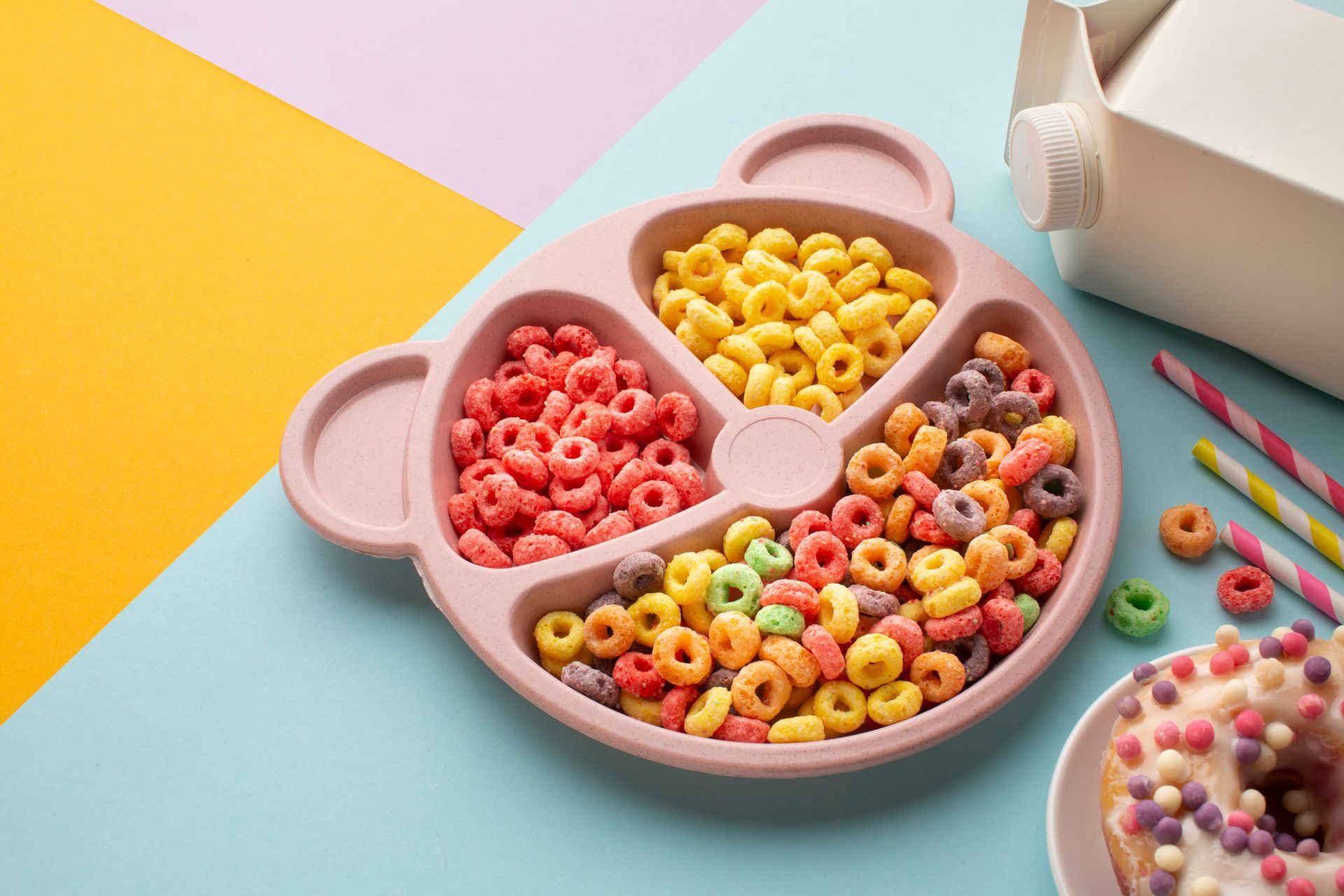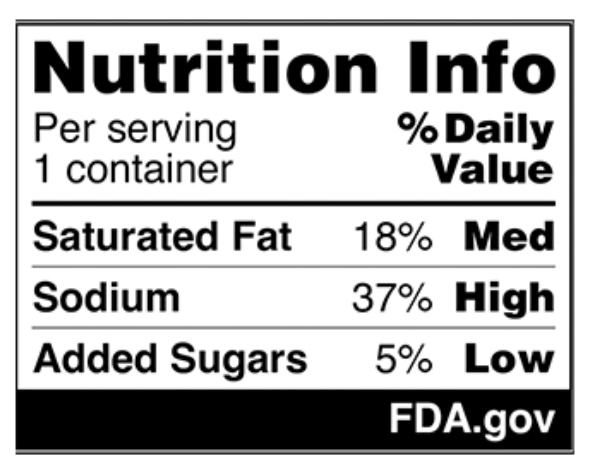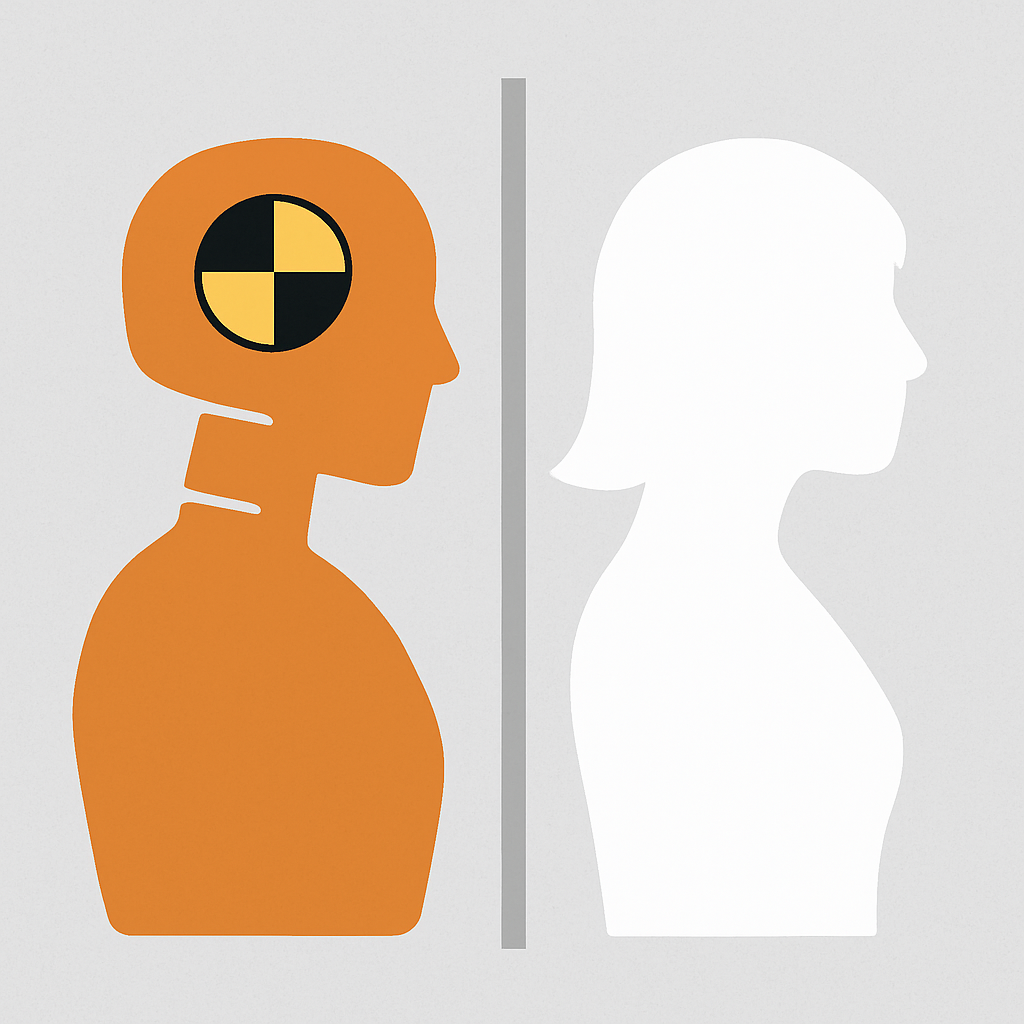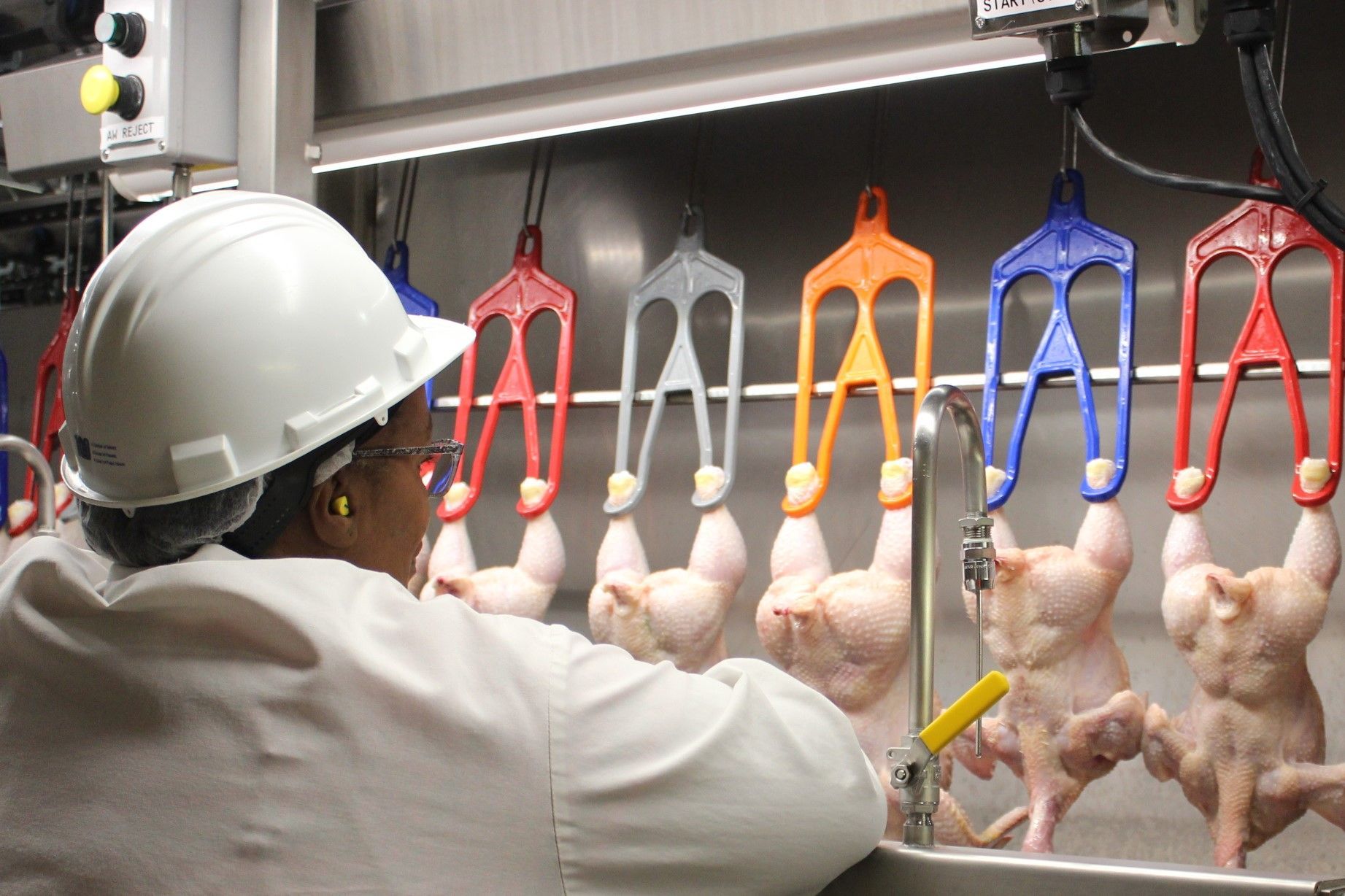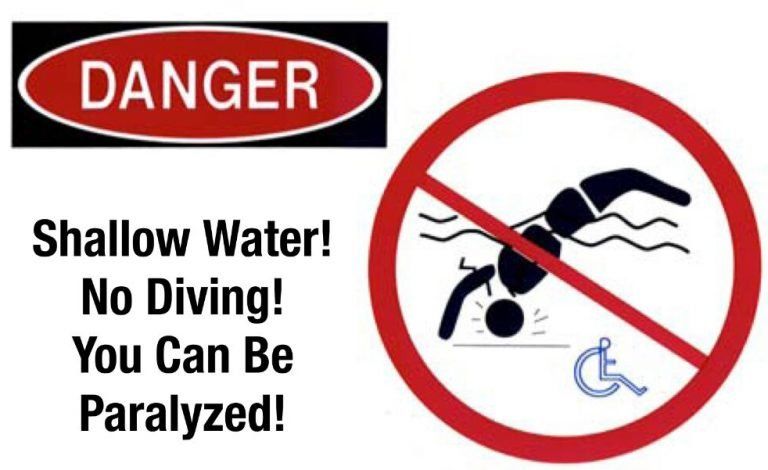WARNINGS CAN PREVENT DROWNINGS AND SERIOUS INJURIES CAUSED BY SHALLOW WATER DIVING IN RESIDENTIAL POOLS
Spring is finally here (at least in NYC) and summer is just around the corner. Before you run to open your pool or visit a friend or family member’s pool, especially if you have young children, be aware that this is also the time of year where 300 children age 1-4 years old, will drown in a private swimming pool. According to the National Safety Council, drowning is the leading cause of death for young children. Most parents probably have pool safety on their mind when their child is about to go into a pool, but with most drownings in a pool, the parent or supervisor of the child typically tells the authorities: “I only turned away for a second/minute!” Parents are cautioned all the time about pool safety, but drownings still occur. Always be aware and be in the present moment with your children. Here are a few water safety precautions that may prevent your child from drowning in a residential pool:
- Never leave your child alone; if you have to leave, take your child with you
- Find age-appropriate swim lessons for your child, but keep in mind that lessons do not make your child “drown-proof”
- Lifeguards aren’t babysitters; always keep your eyes on your child
- Never consume alcohol when watching your child at a pool
- Always have a first aid kit and emergency contacts handy
- Get training in CPR
- If a child is missing, check the water first
Every pool and every warm summer day holds the possibility of new, fun summer experiences. All you need to add is your undivided attention.
But infant pool drownings are not the only hazard you may face in a residential pool. Diving into shallow water, especially in residential swimming pools, presents a unique set of factors that call for very strong actions. Research studies have shown that most serious pool diving injuries occur among young men (15-25), typically inebriated without eating much food, during efforts to “show off their skills” to their friends or dates. The National Spinal Cord Injury Data Research Center has estimated that 800 people each year are rendered quadriplegics as a result of diving injuries, and the tragedy is that most of these injuries could have been prevented with an adequate warning and safety program. First of all: NOBODY SHOULD DIVE INTO ANY BODY OF WATER THAT IS LESS THAN 8-9 FEET DEEP! That means that nobody should ever dive into an above ground pool, most of which are 3-4 feet deep. Given that most of these injuries occur with young men who are inebriated or reckless or risk takers, you must post the strongest possible warning signage in several visible areas around the pool or on the top fringe of the pool’s liner. A sample of such a sign appears in Figure 1.
I designed this sign and it is now recommended by the National Spa and Pool Institute, among other organizations.
But posting such a sign, even in several locations, may not be enough to prevent diving injuries. Since most injuries are often to first time visitors to the pool, many of whom are guests of the pool owners’ children, the pool owners must not only carefully and forcefully train their children about the no diving in shallow water rule, but they must stress that their children communicate this rule to their guest and friends. Obviously, alcohol and safe swimming don’t mix. And finally pool owners/parents must make it their top priority to be present at their pool whenever their children are bringing guests, especially first time guests.
If you follow the above warnings and safety information, your experience at the pool this summer should be mostly about fun. Happy swimming!





